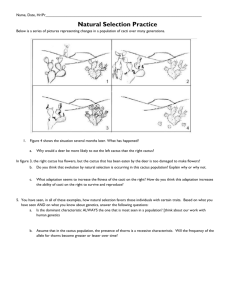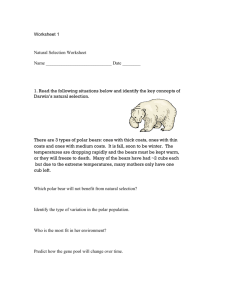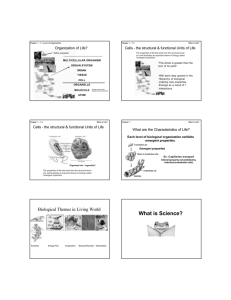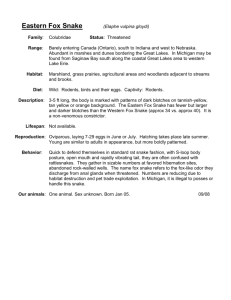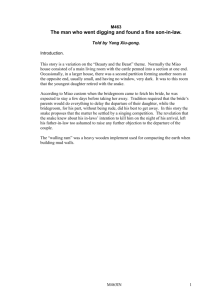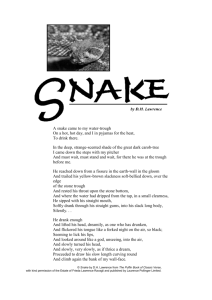Unit 9 Adaptations for Survival Review
advertisement
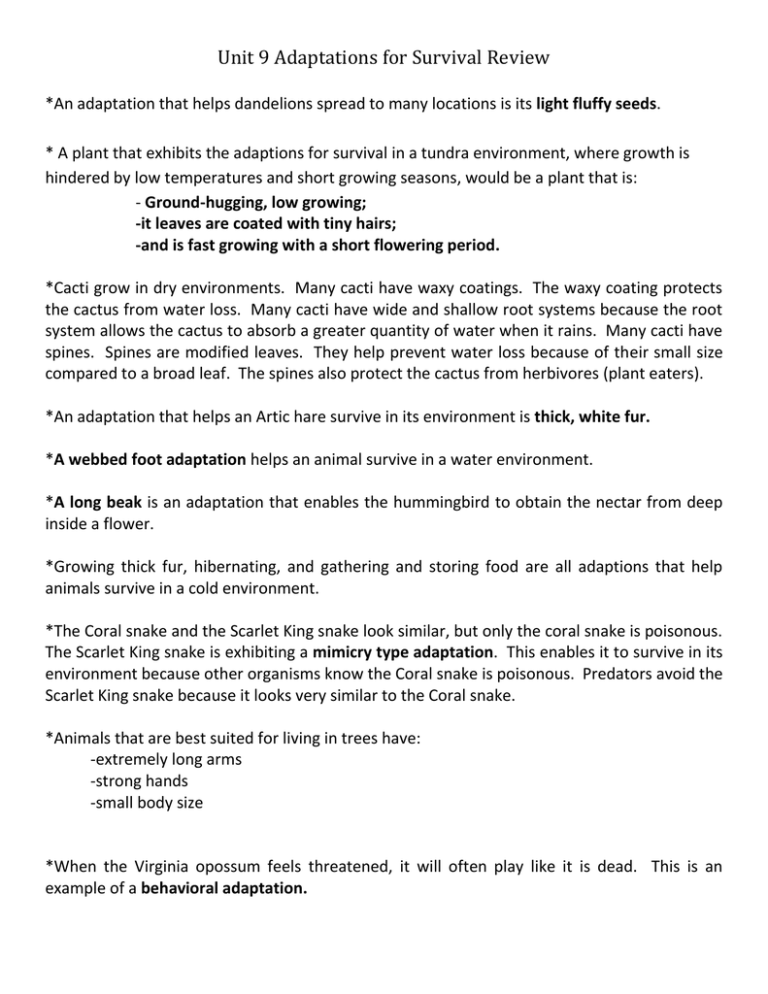
Unit 9 Adaptations for Survival Review *An adaptation that helps dandelions spread to many locations is its light fluffy seeds. * A plant that exhibits the adaptions for survival in a tundra environment, where growth is hindered by low temperatures and short growing seasons, would be a plant that is: - Ground-hugging, low growing; -it leaves are coated with tiny hairs; -and is fast growing with a short flowering period. *Cacti grow in dry environments. Many cacti have waxy coatings. The waxy coating protects the cactus from water loss. Many cacti have wide and shallow root systems because the root system allows the cactus to absorb a greater quantity of water when it rains. Many cacti have spines. Spines are modified leaves. They help prevent water loss because of their small size compared to a broad leaf. The spines also protect the cactus from herbivores (plant eaters). *An adaptation that helps an Artic hare survive in its environment is thick, white fur. *A webbed foot adaptation helps an animal survive in a water environment. *A long beak is an adaptation that enables the hummingbird to obtain the nectar from deep inside a flower. *Growing thick fur, hibernating, and gathering and storing food are all adaptions that help animals survive in a cold environment. *The Coral snake and the Scarlet King snake look similar, but only the coral snake is poisonous. The Scarlet King snake is exhibiting a mimicry type adaptation. This enables it to survive in its environment because other organisms know the Coral snake is poisonous. Predators avoid the Scarlet King snake because it looks very similar to the Coral snake. *Animals that are best suited for living in trees have: -extremely long arms -strong hands -small body size *When the Virginia opossum feels threatened, it will often play like it is dead. This is an example of a behavioral adaptation. Unit 9 Adaptations for Survival Review *Predators kill fewer white rabbits during January than in September, because white rabbits blend into the forest better in January than in September. *If a drought happened in a mountain forest during the winter, causing a lack of snowfall, white rabbits would be more easily seen by predators, so their population would likely decrease. *If students were conducting an investigation on plant adaptations for survival in an environment. A tool that would help students with their investigation would be a computer. *The investigation that we conducted in class on bird beaks had several limitations such as the tool models were different in size from the actual bird beaks. Something that was not a limitation of the investigation, was that the tool models were simple enough from which to make predictions about the bird beaks. *Be able to describe how roots, stem, and leaves help a plant to survive. • Roots have four main functions, which include anchoring the plant in the soil (or to a tree, in some cases); • and acting as a passageway for water and minerals to go from the roots to the stem and from the stem to the roots. • absorbing water and minerals from the soil; • storing food; • Stems: Provide structure and help deliver water and nutrients to leaves • Leaves: Site of photosynthesis and one way that water escapes from the plant
